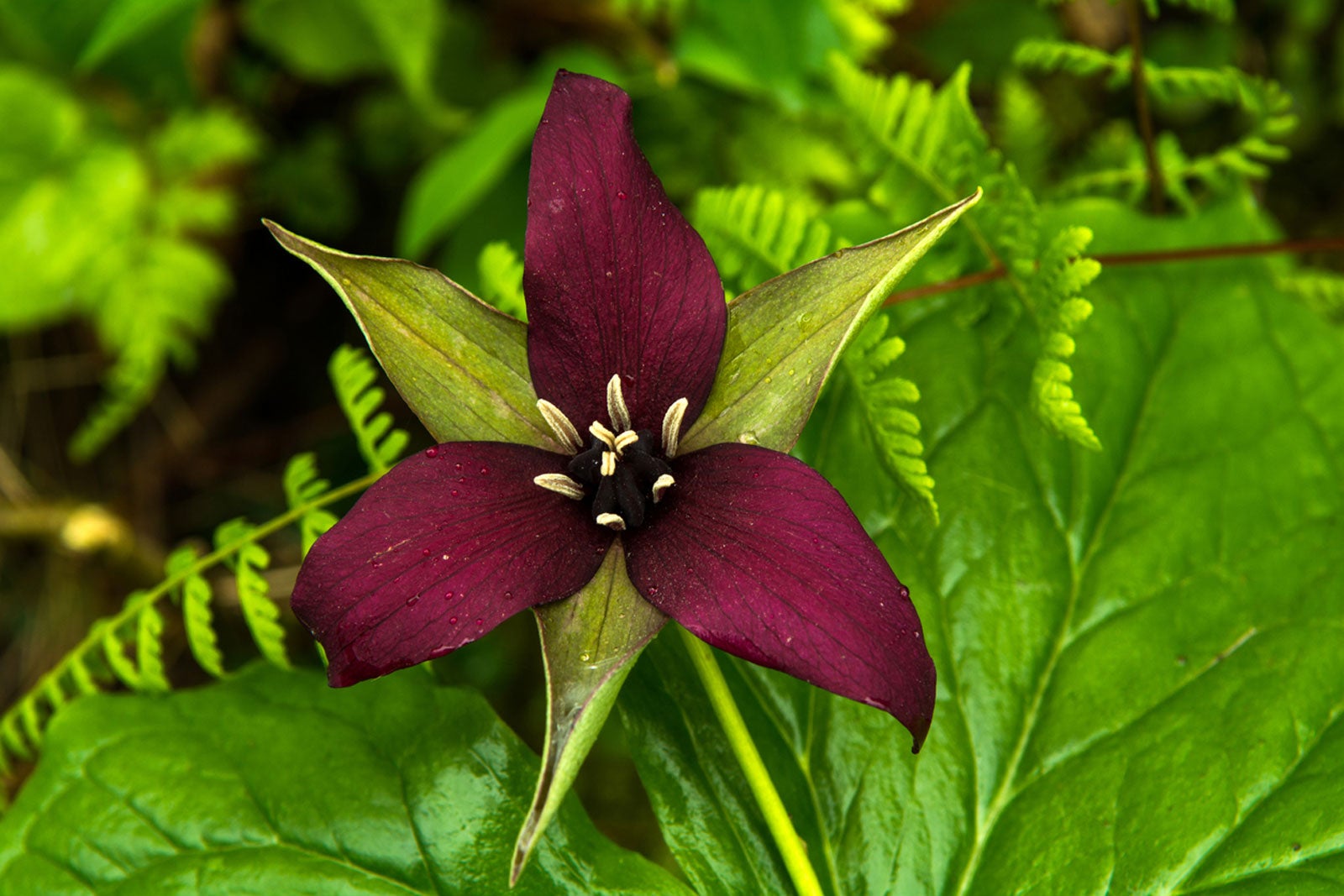Growing Woodland Wildflowers – Popular Plants For Woodland Gardens


Some gardeners consider shade the enemy, but if you have a wooded yard, embrace the shade. This is a perfect opportunity for a woodland garden. Woodland plants and flowers are abundant. Putting in and maintaining native woodland wildflowers and other plants is easy because they are right where they should be.
Plants for Woodland Gardens
Check with your local extension office to find out which woodland flower varieties are native to your area. Some native woodland flowers for many areas of the U.S. include:
- Jack-in-the-pulpit: This favorite woodland flower is trumpet-shaped with a spadix in the middle, like a ‘Jack’ in his ‘pulpit.’ After it blooms, Jack-in-the-pulpit produces pretty, red berries.
- Dutchman’s breeches: Related to bleeding heart, Dutchman’s breeches produces flowers that resemble a tiny pair of trousers. Each flower stalk contains several blooms hanging down like pants on a clothesline. Plant this flower in patches.
- Virginia bluebells: These stunning blue flowers don’t last long. Plant Virginia bluebells amid longer-blooming perennials.
- Bloodroot: Bloodroot is related to the poppy but is native to Midwestern forests. They bloom early in spring and produce a single white flower per plant. The name comes from the deep red sap the roots produce and was used by Native Americans as a dye.
- Liverleaf: This plant produces pretty, white to light blue flowers very early in spring. Liverleaf, also known as hepatica, is a good choice for early color in areas where later bloomers will then take over.
- Woodland phlox: This phlox grows up to 15 inches (38 cm.) tall with flowers that are usually blue or lavender but sometimes white. The blooms of woodland phlox appear later in spring.
- Trillium: Trillium is usually white but may be pink or red and is related to lilies. Each single stem produces a single flower with three petals and three leaves underneath.
How to Grow Woodland Wildflowers
True woodland wildflowers need shade, rich soil, and a good amount of moisture – just what they would get in natural wooded areas. If you have a natural wooded area, you won’t have to do much other than put your flowers in the ground. They will bloom in spring before the trees all have their new leaves, go dormant in summer, and come back the following spring.
If you want to grow woodland flower varieties, but don’t have a natural wooded area, all you need is some shade. Even a small semi-shaded spot under a tree will suffice. Amend the soil before putting in the plants. Add plenty of organic material and mix it in well. Once your plants are in the ground, make sure the soil stays moist, but not soaking wet. Water only as needed.
Sign up for the Gardening Know How newsletter today and receive a free copy of our e-book "How to Grow Delicious Tomatoes".

Mary Ellen Ellis has been gardening for over 20 years. With degrees in Chemistry and Biology, Mary Ellen's specialties are flowers, native plants, and herbs.